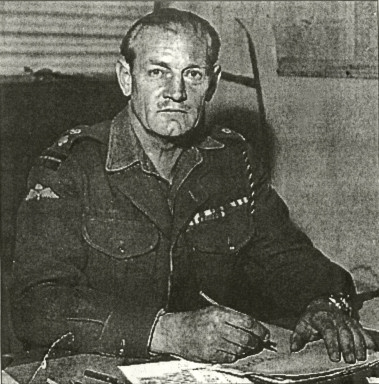There were two types of musket; the matchlock and the flintlock, which could be as long as five feet and had a firing range of up to 300 yards. They were both loaded in the same way; gunpowder was poured into the barrel and packed in hard with a stick. Then the lead ball would be put in followed by wadding to hold the ball in place.
To fire the matchlock, the most common type of musket, the soldier would empty gunpowder into a pan and cover it to protect it. He would then press a lighted piece of flax into a metal trigger called the serpent. When the gun was fired the lighted flax in the serpent would come down into the pan and light the gunpowder. The flame from this would then enter the barrel of the gun and ignite the gunpowder that had been poured into it and the lead ball would be fired.

To fire the flintlock was slightly easier but more expensive. The pan would be filled in the same way but the serpent contained a piece of flint which, when it struck the pan, would produce a spark which would ignite the gunpowder.
Both weapons were dangerous and clumsy to use. Some of the longer muskets needed a rest to balance the barrel on because they were too heavy to hold. They were impossible to reload quickly and were most effective when a group of musketeers fired a volley of shots at the enemy.The musket had more or less totally replced the bow by the time of the English Civil war

The last recorded use of bows, in an English battle, seems to have been a skirmish at Bridgnorth, in October 1642, during the English Civil War. The most recent death in war from British archery was probably in 1940, on the retreat to Dunkirk, when Jack Churchill
 who had brought his bows on active service "was delighted to see his arrow strike the centre German in the left of the chest and penetrate his body". In Ireland.
who had brought his bows on active service "was delighted to see his arrow strike the centre German in the left of the chest and penetrate his body". In Ireland.
No comments:
Post a Comment